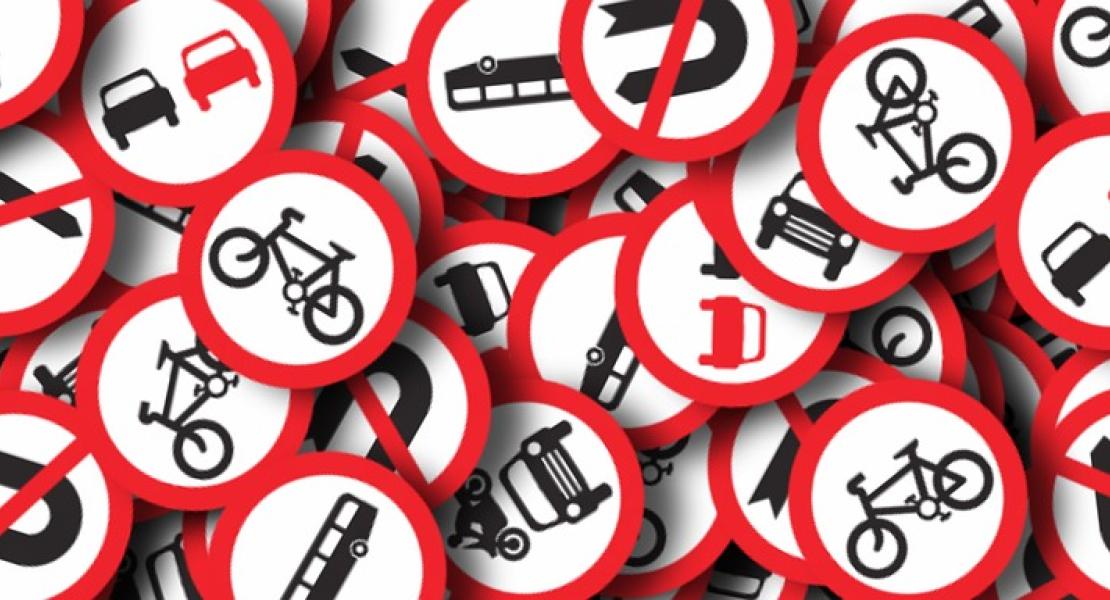On December 21, 2007, the U.S. Department of Transportation published a final rule explaining the Federal Highway Administrations (FHWA) requirements for maintaining traffic sign retroreflectivity. According to these requirements, which can be found in the Manual of Uniform Traffic Control Devices (MUTCD), all municipalities must maintain a minimum level of retroreflectivity for all traffic signs and pavement markings which are open to public travel.
On May 14, 2012, revisions were made which extended the compliance date of "implementation and continued use of an assessment or management method that is designed to maintain traffic sign retroreflectivity at or above the established minimum levels" to June 12, 2014.
Retroreflectivity Compliance
Essentially, this means that as municipalities across the nation are working to comply with these standards, they are noticing that their traffic signs are not being properly tracked, making it difficult to manage retroreflectivity levels.
In Chandler, Ariz., the transportation department was keeping track of its signs manually. This meant that a work order would have to be filled out by hand and from there, would be taken into the field by a staff member. When the work was complete, the work order would be returned to the office in order to manually update the signage database. This process was very time consuming and open to multiple errors.
In Indiana, the Madison County Council of Governments didn't have any system in place for locating their signs, taking inventory or collecting data about them. When the Federal Highway Administration issued their new regulations for compliance, the Council of Governments knew they had a lot of work ahead of them.
In both cases, the departments called on Metalcraft to provide them with a solution that was both durable and easy to implement. The Madison County Council of Governments chose to use our Photo Anodized Metal Barcode Nameplates which are durable and long-lasting, due to the anodizing process that seals the barcode image into the metal. They also opted to use the Tabbed nameplates, which provide extra leverage for removing the adhesive liner, making it easier and quicker to apply to the asset.
The Chandler Department of Transportation chose to use our Photo Anodized Foil Barcode Labels. These labels are subject to the same anodizing process as the Metal Barcode Nameplates, but they are composed of a thinner material which provides more flexibility for curved applications.
If your municipality is still searching for the right solution for its traffic sign tracking needs, Metalcraft can help you find it. Our labels and nameplates are durable enough to withstand constant outdoor exposure, as well as chemicals, solvents and abrasion for the life of the sign. Contact us today for the service and support you need to get you in compliance quickly and economically.

About the Author: Marianne Alvarado
Marianne Alvarado is our Vice President of Sales. Alvarado joined Metalcraft in March of 2000 as a Territory Specialist, became Sales Manager in January 2022 and was named Vice President of Sales during August of 2023. She leads both the Outside and Inside Sales teams. Marianne lives in Davenport with her husband, Dave Beeman.
Mobile Phone: 641-529-9492
Email: [email protected]
Office: 3360 9th St. SW, Mason City, IA 50401
Office Phone: 641-423-9460




